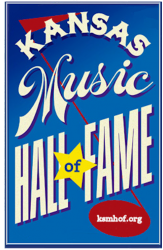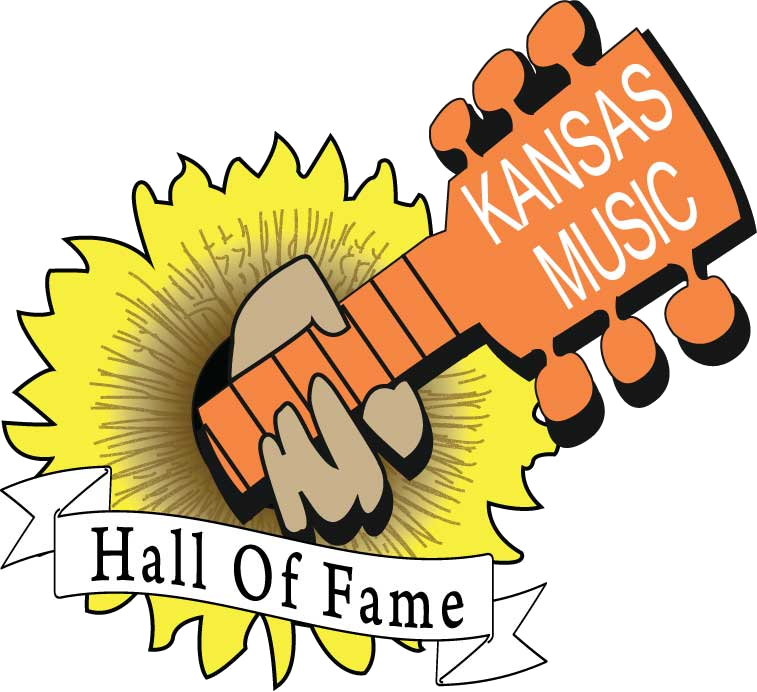 |
|
||||||||||||||||||||
 |
Rock and Roll Hall of Fame Inductee (1991) (The Byrds) The late Gene Clark graduated from Bonner Springs High School in the Kansas City area and was a member of several area folk music groups when he was discovered by Randy Sparks of the New Christy Minstrels. After performing with the famed folk group in Los Angeles on two albums, he left the group and resurfaced as one of the founding members of the Byrds. He was the primary songwriter with that group, writing such hits as “I’ll feel A Whole Lot Better.” He left in 1966 because he didn’t enjoy the demands of traveling with the chart-topping band. In the years following the Byrds, he released many other albums including “White Light” and his 1974 masterpiece “No Other”. Around 1987 he began to develop serious health problems, which finally led to his death from a bleeding ulcer in 1991.
|
||||||||||||||||||||
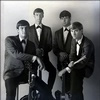 |
From the mid-60s to the early 70s, few bands in Kansas worked the crowds as hard as Eric & The Norsemen. Led by Roger Johnson, they epitomized the garage bands of the era, covering the latest hits with a few original songs thrown into the mix. Entertaining at weekend dances and high school proms, they built a loyal following across the plains.
|
||||||||||||||||||||
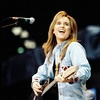 |
This exciting performer from Leavenworth. Kansas is one of the state’s best known and most successful musical exports. She picked up a guitar at the age of 8, and played in local bands in her teens before attending Berklee College for a year. She then headed to California, getting her first break in 1986 writing the music for the movie ?Weeds.? She won Grammy Awards for Best Female Rock Vocal Performance for “Ain’t It Heavy” (1992) and “Come To My Window” (1994). “Her battle with cancer and her outspokenness on a variety of political topics keeps her in the news, but it’s her music that keeps her and her fans going,” said Bill Lee.
|
||||||||||||||||||||
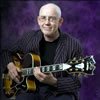 |
This Wichita resident is one of the best jazz guitar players going. He worked with a variety of leading musicians from John Handy and Ginger Baker to Paul Simon and the Fifth Dimension. He became a major name in the 1960s and 1970s for his de facto contribution to the emerging fusion movement, and has remained one of its ardent promoters throughout his career. He taught at the Colorado Institute of Art in the early, 1990s, and joined the faculty of Portland State University in 1995, developing the curriculum for the Jazz Guitar program. In 2004, Jerry returned to hometown Wichita, Kansas, where he continues to perform, record, tour, and conduct clinics at Universities and schools.
|
||||||||||||||||||||
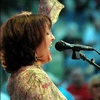 |
Kelley Hunt is a regular performer on blues festival stages across the country, and her most recent album made the top ten on Billboard Magazine’s blues chart. She is best described as a Roots R&B singer/songwriter/piano player, and has combined the influences of R&B, roots rock, blues, gospel, folk and soul into her own style and sound. Kelley is also known for her burning boogie-woogie piano style that has become her trademark.
|
||||||||||||||||||||
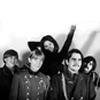 |
Another inductee from the mid-60s to early-70s, this Topeka band went through a lot of styles and personnel, but never dropped their quality. The band’s leader, Galen Senogles, has been a successful Los Angeles area record executive, producer, and engineer, and is now in the film business coordinating the music for both features and television. Other members of the band have performed regularly with The Four Seasons and America.
|
||||||||||||||||||||
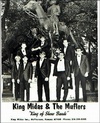 |
The band was organized in 1965 as a four-piece group. In 1966, the group became an eight-piece show band, performing in a six state area and billed as the King of the Show Bands. The group released several records in the late 1960s, including “Get Down With It,” and “Mellow Moonlight.” In 2005, the band celebrated forty years together. The group was led by Hall of Fame board member Bob Hapgood, who passed away in 2007. His band mates were honorary pall bearers, and included Mike Hill, Dennis Frans, Rick Johnson, Scott VanNordstrand, Dale Frans, Bill Wuertz, Steve Zimmerman, Mike D’Amico, Jim Walker, Scott Heitschmidt, Cliff Lambert, Steve Kail, Tom Hapner, Klyd Cunningham, Tom Wheeler, Mike Tinsley, Odel Reed, Richard Collins, Charlie Moyer, Randy Norland, Mark Casebeer, Ron Foulk, Ralph Brown, and Mike Badgett.
|
||||||||||||||||||||
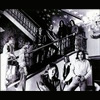 |
This band grew out of Kansas University’s Sigma Chi fraternity, and bandleader Steve “Spider” Smith made sure the band was one of the best in Lawrence. With lead singer “Spanky” Landis out front, there was never any doubt. Like many other bands, Spider & the Crabs went through several personnel changes.
|
||||||||||||||||||||
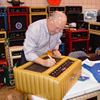 |
Bud Ross, a bass player and vocalist for Larry Emmett & The Sliders and The Bygones in Kansas City, started a guitar amplifier business in his garage. Tired of blowing out speakers, Ross built the first bass amp that could handle the power to make bass guitars practical rock instruments. His Kustom Electronics outgrew the garage, and Ross moved it to Chanute, Kansas, where it grew to become one of the largest musical equipment companies in the world in the late 60s and early 70s. The distinctive “tuck and roll” upholstery of the amplifiers is remembered fondly by baby boomers. Kustom also developed the first hand-held radars for police to use in catching speeders.
|
||||||||||||||||||||
|
|
|||||||||||||||||||||

